Korean Air to take over rival Asiana in $2.2bn buyout
Asiana Airlines will merge with its arch-rival, but both brands are expected to continue flying.
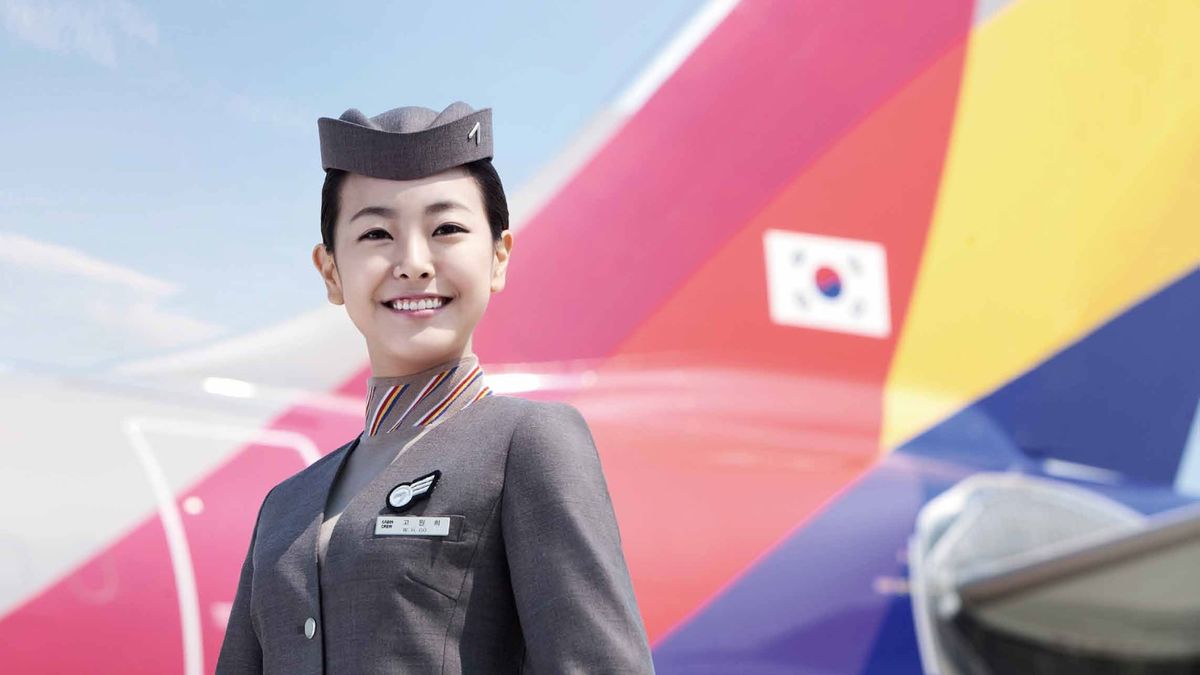
Korean Air will take over rival Asiana Airlines in a $2.2 billion buyout to turbocharge the South Korean flag-carrier and catapult it to become one of the world's largest airlines.
The Hanjin Group conglomerate, which owns Korean Air, today confirmed the acquisition, which will be part-funded by a $990 million investment from the Korea Development Bank, with the airline raising the remainder through shares and bonds.
In a statement issued by Hanjin, the group said the deal will "stabilize the Korean aviation industry, which is suffering from the COVID-19 pandemic."
"Considering that Korean Air’s financial status could also be endangered if the COVID-19 situation is prolonged, it is inevitable to restructure the domestic aviation market to enhance its competitiveness and minimize the injection of public funds."
Hanjin indicated that both brands would remain, with the "two full service carriers (giving) a competitive disadvantage compared to countries like Germany, France and Singapore with a single major airline."
PREVIOUS [November 13, 2020] | Korean Air is said to be in talks to buy up rival Asiana Airlines in what would be a massive shake-up of South Korea's aviation industry.
Asiana has struggled for several years, and in June revealed its carried debts exceed US$11 billion.
South Korean media are reporting that Hanjin Group, which owns Korean Air, is in discussions with Korea Development Bank – Asiana’s largest creditor – to buy the troubled airline, and plans to submit a 'letter of intent' to the bank this month.
A spokesperson for Hanjin Group has told media that nothing has yet been decided.
The purchase of Asiana by Korean Air would mark the country's number two airline as another aviation casualty of Covid-19, and rob Star Alliance of a major partner in East Asia, as Korean Air belongs to rival SkyTeam.
Asiana was already on the market before Covid-19 struck, with a consortium of Hyundai Development and Mirae Asset Daewoo planning to buy the airline for US$2.25 billion in December 2019, but the deal collapsed in the wake of the coronavirus pandemic and its impact on Asiana.
Synergies between Asiana Airlines, Korean Air
Both Asiana and Korean Air have an extensive fleet of twin-aisle aircraft, with significant overlap between the two.
The world's largest passenger plane, the Airbus A380, is one such jet operated by both – Asiana has six, Korean has ten – with the Airbus A330-300 also a workhorse of the two, with Asiana having 15 and Korean Air having 21 A330-300s, as well as eight smaller A330-200s.
Boeing 777s also feature in each airline's fleet. Korean Air has 44 in total, split across 26 Boeing 777-300ERs, four Boeing 777-300s, and 14 Boeing 777-200ERs: the latter of which, Asiana has nine.
Both airlines have older planes that would be progressively phased out, although Asiana maintains a larger count of ageing jets with one Boeing 747-400 and 15 Boeing 767-300s, and Korean having just two Boeing 747-400s in passenger format.
When it comes to newer and more fuel-efficient planes, however, the two airlines charted two different paths.
Asiana opted for the Airbus A350-900, which it had been using on flights to and from London (with 11 in its fleet), while Korean Air counts 10 Boeing 787-9s among its ranks, which were being used on routes to Sydney and Brisbane prior to Australia's border closure.
Continuing on the Boeing track, Korean Air is also one of just three passenger airlines to fly the 'new jumbo', with 17 Boeing 747-8s, which the airline also flew to Sydney on occasion, in addition to its Airbus A380s at peak times.
Asiana's fleet includes just six single-aisle Airbus planes, versus Korean Air's preference again for Boeing, with 28 Boeing 737s, plus 10 of what were originally Bombardier C Series jets, but are now branded as Airbus A220s.
Similarities in premium passenger service
Back in 2019, both Asiana Airlines and Korean Air confirmed a significant winding back of first class service in the sky.
Asiana decided to follow the lead of Malaysia Airlines the year prior, rebranding first class as 'Business Suites' – still being better than standard business class, but without the 'first class' name as many corporate travel policies prohibited.
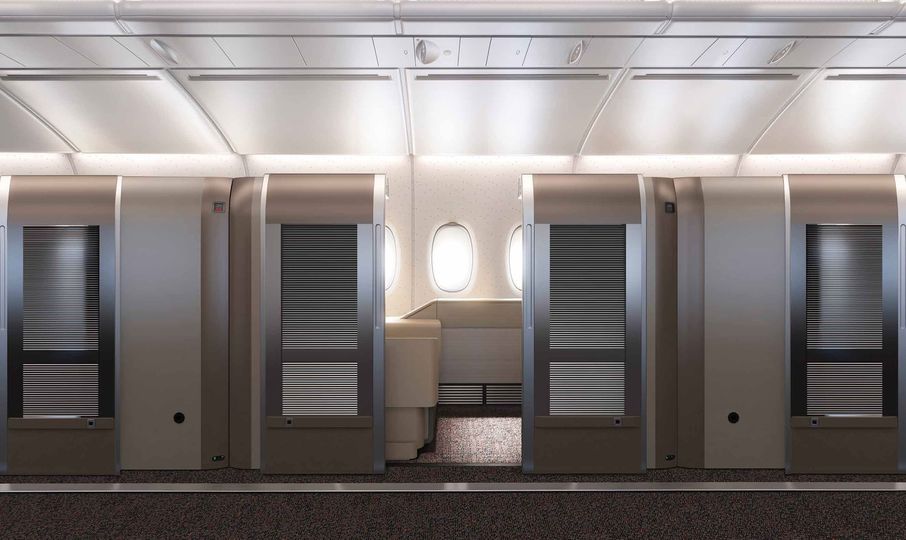
In the same month, Korean Air stopped selling first class on some of its aircraft, including Airbus A330s and Boeing 787s as had been flying to Australia, recognising that the first class seats Korean had been offering on these jets were already near-identical to business class.
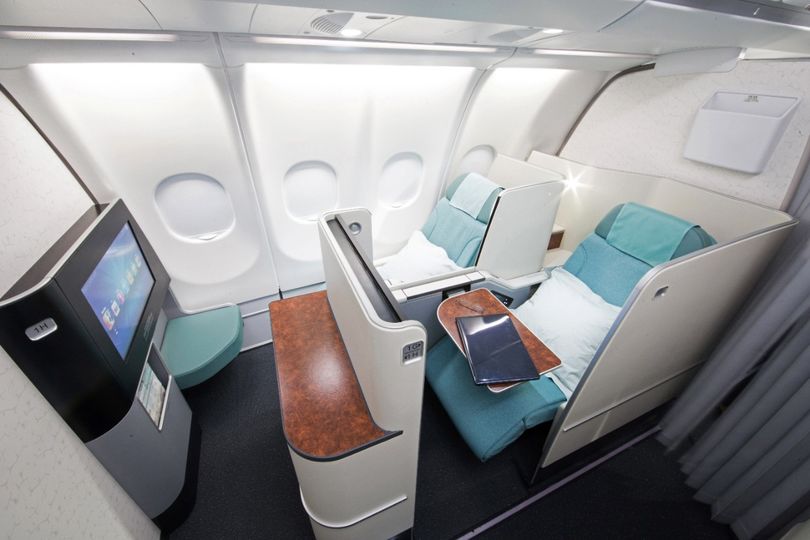
Korean does still offer first class across some of its fleet, including the Airbus A380, and maintains a separate lounge for first class passengers at Seoul's Incheon Airport, that cannot be accessed by elite frequent flyers based on status alone.
Neither airline offers premium economy – the closest thing being Asiana's Economy Smartium section on the Airbus A350, but which is simply an economy 'extra legroom' product, provided in a standard economy seat with standard economy service.
Both airlines are also known for flying a wide range of business class seats across different types of aircraft: some having direct aisle access for every passenger, and others not.
Additional reporting by David Flynn
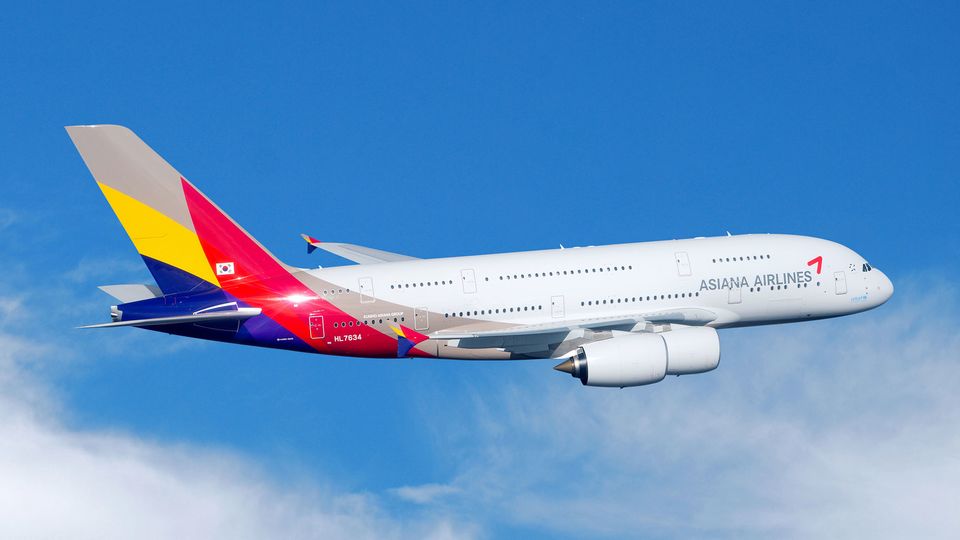
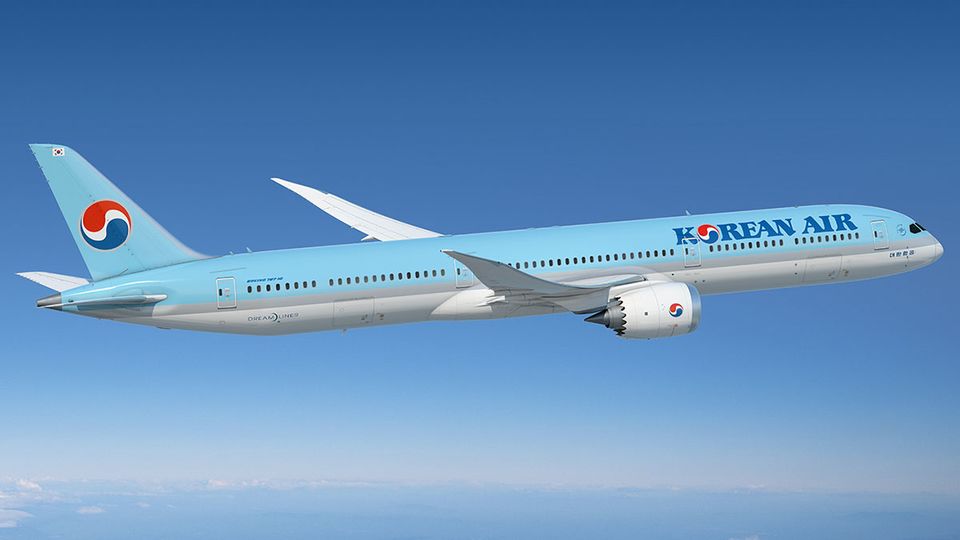

16 Nov 2018
Total posts 26
Monopoly on international market?
Etihad - Etihad Guest
19 Mar 2018
Total posts 68
Barely. Asiana is virtually non-existent.
I suspect the "Air Busan" and "Air Seoul" brands however, are the most valuable pieces, and I believe, Star Alliance membership.
And apparently they're gonna name themselves "Korean Airlines", as in Korean-asiana Airlines
This will solve the disturbance that SkyTeam causes in the Japan domestic market.
Qantas - Qantas Frequent Flyer
11 Oct 2014
Total posts 688
I'd be very wary about the prospects of a merger / takeover right now.
Korean Airlines has it's own problems, some of which are - like all airlines - financial and COVID-19 related. However, there is also an on-going three (3) way family-fight for control of KAL, which has been in progress for most of the past 12 months. Time to get the in-flight J-Class nut package out and see who shows up to serve?
It would be a very ballsy move to attempt to buy a major opposition carrier during a pandemic when airlines stocks and finances are flushing down the toilet and the timeline to a stable future is unknown.
As is pointed out, Asiana has been trying to 'softly' sell itself for the past year or so. However, a significant argument with the Asiana auditor and the auditor's refusal to endorse the trading report has provided a backdrop of bad 'bed-fellows' which has been publicly aired. The auditor withdrew from the representation.
Then there is the question of competition between the two international carriers. How successfully would the routes of each carrier mesh, let alone whether the Korean Government would be prepared to sanction such a takeover.
Lastly, if Asiana is in such bad financial straits, surely it would be to KAL's advantage to watch Asiana sink into voluntary bankruptcy and then step in and buy out the assets for pennies on the dollar. It is also interesting that another website reporting this 'sale' has indicated that when it approached Asiana for comment about it's possible sale, Asiana denied all knowledge.
13 May 2020
Total posts 827
Korea has low cost carriers.
Should one of them look to fly Australia to USA via some friendly nation ?
Maybe use otherwide virtually worthless B777-200s which can seat up to 440 apparently.
Plenty of countries in the Pacific who would let them use their traffic rights, just to get nonstop flights to Australia & USA/Canada/Mexico.
09 May 2020
Total posts 574
Even accounting for fluctuations on KRW to USD exchange rate, I am confused: did HJ chaebol actually paid more than the previous offer in in Dec 2019? In this pandemic market?
09 May 2020
Total posts 574
Looks like the content was changed since my post. I believe it had read $2.8 billion before hence my post
Qantas - Qantas Frequent Flyer
20 Aug 2014
Total posts 170
Prediction 1 - fares to increase (no brainer)
Prediction 2 - Jetstar to jump on Aus-Korean routes once demand recovers and fares get too high.
13 May 2020
Total posts 827
hakkinen5
think initially there will be some very cheap fares, but then fares will increase.
Jin Air (Korean Airlines low cost) used to fly Seoul/Cairns seasonally using I believe 396 seat B777-200s, which presume came from Korean Air, much like Scoots initial B777s came from parent Singapore Airlines.
At 396 seats, cost per seat much be quite low.
Qantas - Qantas Frequent Flyer
11 Oct 2014
Total posts 688
Ah, today's "announcement" ... what can I say ? A move of breathtaking idiocy, in my view.
Welcome to the world of aviation monopoly in South Korea, since this "merger" includes the merger and integration of all the LCC subsidiaries of both carriers into one singular price-controlling monolith.
So KAL will buy Asiana for USD $2.2 billion - but who is going to satisfy Asiana's USD $11 billion debt ??? There is only so much money you can wring out of the share market by issuing additional stocks and options.
In this COVID-based environment, the demand is not high - as witnessed by many other international carriers. And even if it were, the dilution of shares will remain as a weight for many, many years. Good luck, KAL - somehow I think you are really, really going to need it.
And this is a market that Qantas wants to serve via a 'travel bubble'? "Danger Will Robinson, beware !"
Qatar Airways
06 Jul 2016
Total posts 47
The article doesn't mention alliances. Levinn above seems to assume the merged carrier will be in Star. But today's Korean Air is a key Skyteam member, and with one of its main shareholders being Delta, I would assume the merged carrier will be in Skyteam
Qantas - Qantas Frequent Flyer
09 Mar 2019
Total posts 22
A real shame if Asiana is lost from the Star Alliance. There goes one of the easiest ways to get to * Gold and stay there.
Hi Guest, join in the discussion on Korean Air to take over rival Asiana in $2.2bn buyout